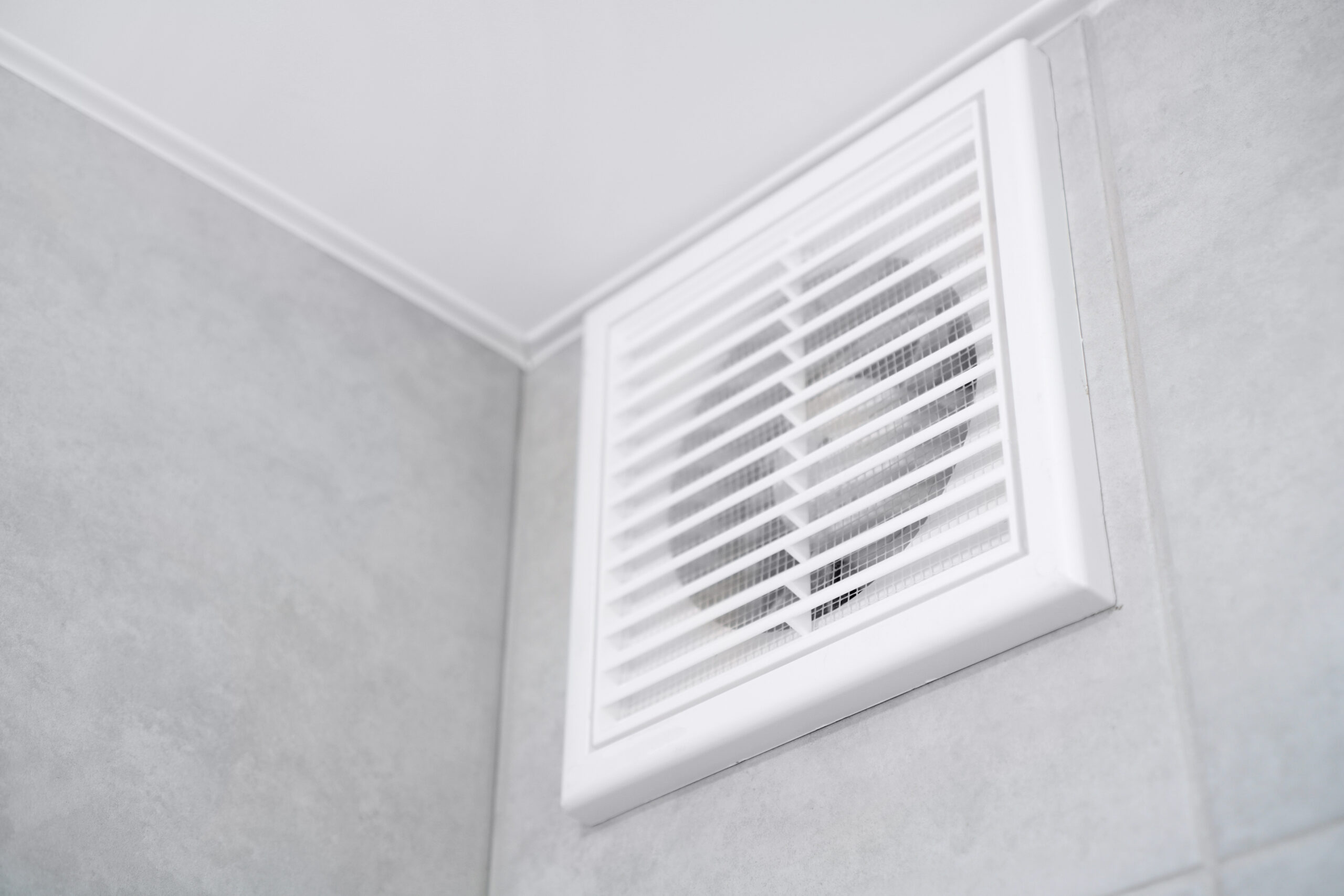There’s a lot that goes into building design and construction, and it’s not simply a case of designing, building and signing off a perfect property. There are a lot of regulations and requirements that need to be met to make sure the building is safe and secure. This includes those set out in Approved Document F, which is a building regulation for the ventilation requirements to maintain indoor air quality.
Today, we’re going to take a look at the various building ventilation requirements set out in Approved Document F, ensuring that you’re clued up and ready to tackle your next building design and construction project.
Part F Building Regulations: A Key Part of Building Construction
Part F of the UK Building Regulations plays a big part in making sure that buildings are safe and healthy, by ensuring set ventilation requirements are met. Ventilation is essential for maintaining indoor air quality, reducing moisture levels and preventing the buildup of pollutants that can be problematic for occupants’ health. Part F of building regulations sets the minimum standards for the design and implementation of ventilation systems in buildings, with the aim of making sure that sufficient air changes occur within to provide a healthy indoor environment.
Understanding the Requirements Set Out in Part F of UK Building Regulations
Approved Document F is a key part of building design and construction and, as buildings become more airtight to improve energy efficiency, the importance of ventilation has increased. Poor ventilation can lead to damp, mould and a buildup of harmful pollutants, all of which can negatively impact occupants’ health and the condition of the building. Part F of building regulations sets out clear standards for ventilation in both residential and commercial properties to reduce these risks.
- Mechanical Extraction in Wet Rooms, Kitchens, Bathrooms and W/Cs – These rooms are particularly prone to moisture, making effective ventilation extremely important. Depending on the room and the ventilation system installed, the extraction rates must fall between 6 litres per second (l/s) and 60 l/s of extraction. This level of ventilation and extraction helps to remove stale, moist or odorous air efficiently, preventing condensation and maintaining air quality.
- Ventilation in the Building Itself – Part F of building ventilation requirements also covers the ventilation in the building itself. Though buildings are designed to be airtight, they shouldn’t be so airtight that they encourage the buildup of harmful pollutants and moisture, and a small flow of air is important. Ventilation in habitable spaces can be achieved through national ventilation such as windows, vents and air bricks that allow fresh air to enter and circulate within a room. Mechanical systems also work, including advanced solutions like Mechanical Ventilation with Heat Recovery (MVHR) systems or air handling units, which control airflow. In kitchens and bathrooms, where moisture and fumes are ever-present, specific ventilation systems are required to manage these challenges.
The Importance of Complying with Part F of Building Regulations for Ventilation
Ventilation is vital for maintaining indoor air quality. Without ventilation, harmful pollutants can build up and negatively impact indoor air quality, even posing serious health risks to those inside. Plus, air with a lot of moisture in it can lead to the growth of mould and dampness, which can cause respiratory problems, allergies and other health issues if left untreated.
It’s also important to remember that excess moisture in a building can cause condensation, which can damage walls, ceilings and floors if it’s not dealt with. Eventually, this can lead to structural damage, which could require costly repairs to fix and even reduce property value in extreme cases. Proper ventilation is important as it ensures that moisture is removed effectively, protecting the building.
Making Sure You Meet Building Ventilation Requirements
Whether you’re in the planning stages of a commercial project or you’re in the midst of a residential build, you need to meet building ventilation requirements. It’s not something you can overlook or put on the backburner, as mistakes are complex and costly to fix. To make sure that building ventilation requirements are being met, choose materials that work well with the surrounding environment and the ventilation system being installed. For example, airtight materials can lead to moisture buildup and poor air quality if they’re not used alongside a high quality ventilation system.
You also need to make sure that your chosen ventilation system is installed correctly, enabling them to work efficiently and meet regulatory standards. Poor installation can hinder the ventilation system’s performance, leading to inadequate air circulation and less than ideal ventilation.
Approved Document F for New Builds and Existing Buildings
Part F of building regulations applies not only to new builds, but also to existing properties, ensuring that all buildings provide adequate ventilation.
- In New Builds – It’s important that ventilation systems that meet the latest regulations are installed during the planning and construction phases. This includes selecting ventilation systems suitable for the building’s layout and purpose, such as Mechanical Ventilation with Heat Recovery (MVHR) systems for energy-efficient homes.
- In Existing Buildings – There’s always a chance that older buildings require upgrades or replacements to their ventilation systems, as not all older buildings meet current standards. This tends to involve installing new systems or optimising existing ones to improve their efficiency and effectiveness. Ensuring older properties are up to date with Part F can help with common issues like condensation, mold and poor indoor air quality.
If you don’t meet building ventilation requirements, you could find yourself faced with legal and financial consequences. Not complying with Approved Document F can lead to fines, delays in project approval or costly rectifications further down the line. It can also lead to complaints from occupants and health problems, ruining how people view the building, the value of the property and the reputation of those involved in its construction.
Get Expert Help Adhering to UK Building Regulations for Ventilation
To ensure that you comply with UK building regulations for ventilation and Approved Document F, you need to have a thorough understanding of the various requirements and how they apply to different building types. This can be complex, which is why it’s often best to enlist the help of building compliance professionals, giving you peace of mind that the property’s ventilation is meeting the standards it’s required to.
At JosTec, we specialise in building compliance, and that includes ensuring that buildings meet and exceed ventilation requirements. We understand the complexities of building design and construction, and we ensure that your project is fully compliant. By working with our experts, you minimise the risk of costly errors, such as incorrectly chosen systems or improper installations, which can compromise air quality and lead to regulatory breaches.
Our streamlined approach to building compliance not only ensures ventilation requirements are met, but it also saves you time and resources. With our expertise, you can confidently navigate the ins and outs of building regulations, knowing your project is in capable hands.
Contact JosTec to Find Out More
Whether you’re working on a new build or upgrading an existing property, JosTec has the knowledge and experience needed to ensure your building’s ventilation is up to scratch. To find out more about UK building regulations relating to ventilation, get in touch with the knowledgeable JosTec team.
The full Part F legislation can be found here.



